For decades, the Bermuda Triangle has captivated the world’s imagination with tales of vanishing ships and aircraft, sparking countless theories about supernatural forces lurking beneath the waves. This mysterious stretch of ocean between Florida, Bermuda, and Puerto Rico has become synonymous with the unexplained, leading many to wonder if science would ever provide answers to these puzzling disappearances.
Yet recent research suggests that the enigma might not be so mysterious after all. Scientists are increasingly confident they’ve cracked the code behind one of the world’s most enduring maritime mysteries, and their findings might surprise you with their straightforwardness. Let’s dive into what modern science has revealed about this legendary triangle of water.
The Birth of a Legend

You might be surprised to learn that the Bermuda Triangle wasn’t always known by that ominous name. In 1952, Fate magazine published an article by George X. Sand called ‘Sea Mystery at Our Back Door’ which first laid out the triangular area, yet the region didn’t get its name until August 1964, when Vincent Gaddis coined the term ‘Bermuda Triangle’ in a magazine article for Argosy magazine about the disappearance of Flight 19.
The legend truly took off following one of the most famous aviation mysteries in history. Flight 19 was the designation of a group of five General Motors TBM Avenger torpedo bombers that disappeared over the Bermuda Triangle on December 5, 1945, after losing contact during a United States Navy overwater navigation training flight from Naval Air Station Fort Lauderdale, Florida. This single incident would become the cornerstone of decades of speculation and conspiracy theories.
What Really Happened to Flight 19

The story of Flight 19 reads like something from a thriller novel, yet the reality was far more mundane than the myths suggest. Lt. Charles C. Taylor acting as the flight’s leader. Taylor was a seasoned naval aviator with some 2,500 flying hours and multiple World War II combat tours in the Pacific. However, Taylor had a concerning track record that often gets overlooked in sensational retellings.
While Taylor was an experienced pilot, he did have a history of getting lost. He was lost thrice during the World War II. And in two of such occasions, he had to ditch his plane into the sea to get rescued. On that fateful December day, things went wrong when Taylor became disoriented and mistakenly believed he was flying over the Florida Keys instead of the Bahamas.
The official account of the events of 5 December 1945 suggest that Lieutenant Taylor mistook his location, believing he was flying over the Florida Keys and the Gulf of Mexico. Armed with broken compasses, he was unable to determine his true location. Eventually, Taylor and his airmen ran out of fuel, forcing them to down their planes and succumb to the elements.
Scientists Debunk the Supernatural Explanations
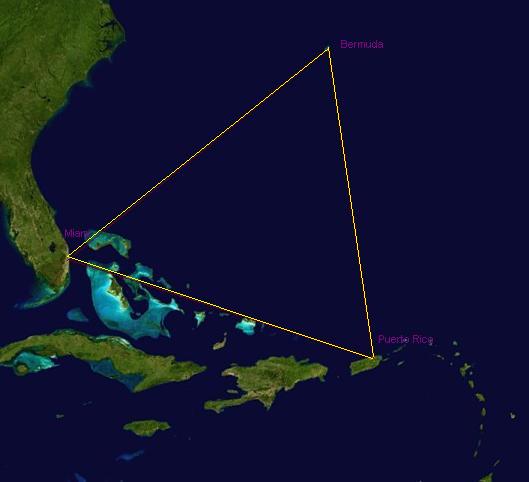
Modern researchers have systematically dismantled the mystique surrounding the Bermuda Triangle through careful analysis and scientific investigation. Both have been saying for years that there’s really no Bermuda Triangle mystery. In fact, the loss and disappearance of ships and planes is a mere fact of probabilities. “There is no evidence that mysterious disappearances occur with any greater frequency in the Bermuda Triangle than in any other large, well-traveled area of the ocean,” NOAA wrote in 2010.
He told The Independent that the sheer volume of traffic – in a tricky area to navigate, no less – shows “the number [of ships and planes] that go missing in the Bermuda Triangle is the same as anywhere in the world on a percentage basis.” He says that both Lloyd’s of London and the U.S. Coast Guard support that idea. In fact, as The Independent notes, Lloyd’s of London has had this same theory since the 1970s.
The numbers tell a compelling story when you examine them closely. About a third of all registered and privately owned ocean craft in the U.S. are in the states and islands of the Bermuda Triangle area, he said. And according to the most recent 2016 figures from the Coast Guard, 82 percent of incidents in this area that year involved people who had no formal training or experience of being at sea, he added. “So, you take a third of the entire boating population of the U.S., you dump them in the Bermuda Triangle,” and what you get is mysterious vanishings, Boxall said.
The Role of Environmental Factors
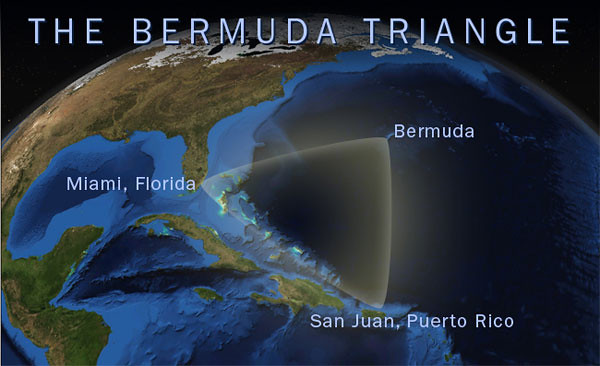
While supernatural theories capture headlines, the real culprits behind Bermuda Triangle incidents are far more earthbound. NOAA says environmental considerations can explain away most of the Bermuda Triangle disappearances, highlighting the Gulf Stream’s tendency towards violent changes in weather, the number of islands in the Caribbean Sea offering a complicated navigation adventure, and evidence that suggests the Bermuda Triangle may cause a magnetic compass to point to true north instead of magnetic north, causing for confusion in wayfinding.
The region’s unique geographical position creates a perfect storm of navigational challenges. Situated between Florida, Bermuda and Puerto Rico, this precarious stretch of sea is known for its quickly changing weather patterns, varying sea levels and complicated navigational realities. These natural conditions, combined with heavy maritime traffic, create an environment where accidents are statistically more likely to occur.
Navigation technology in earlier decades was particularly vulnerable to the area’s unique characteristics. The region is one of only two places on Earth where true north and magnetic north line up, which could make compass readings unpredictable. It is also home to some of the deepest underwater trenches in the world – thus any wreckage could settle miles below the surface.
Rogue Waves: The Real Killer
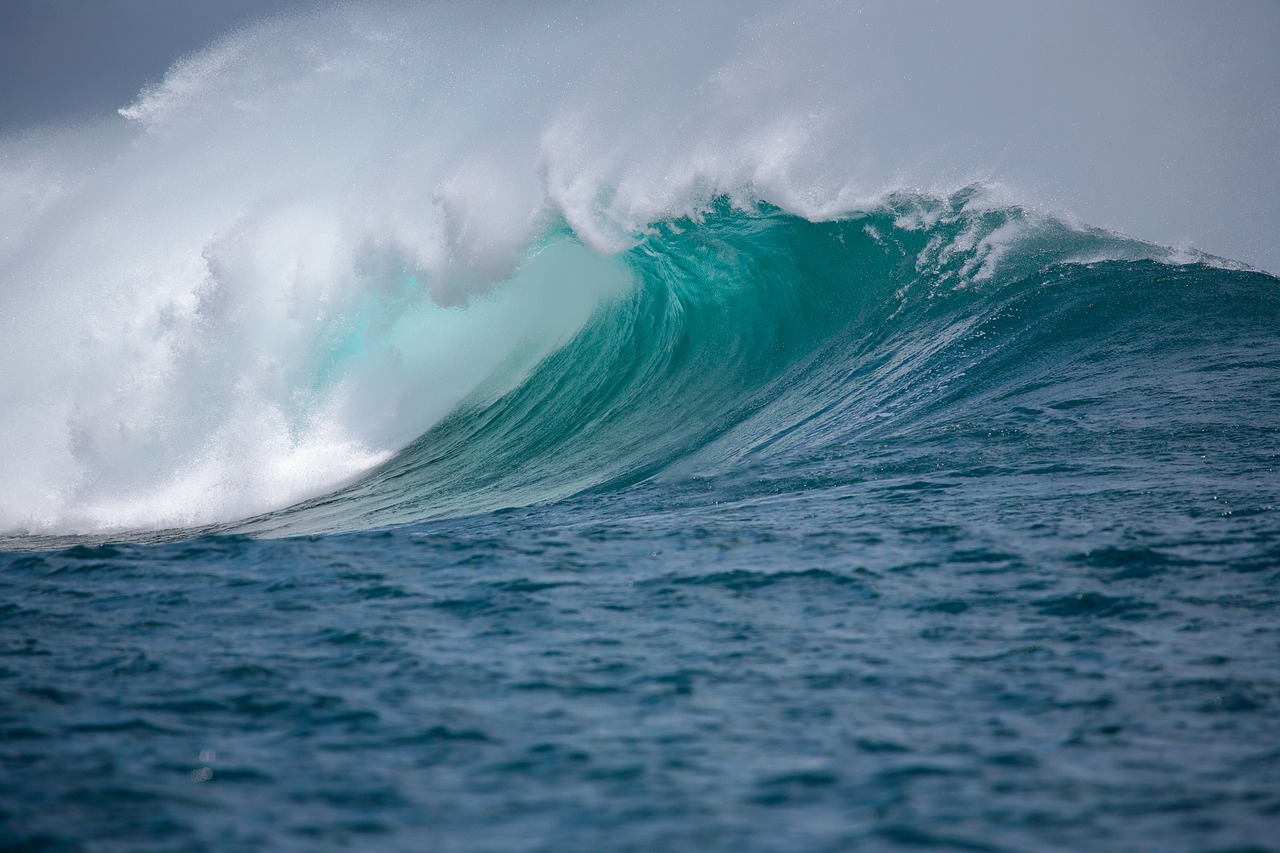
Perhaps the most compelling scientific explanation comes from oceanographer Dr. Simon Boxall of the University of Southampton, who has proposed that rogue waves are responsible for many disappearances. An oceanographer from the University of Southampton, Dr Simon Boxall, discovered that the region in the Atlantic Ocean has rogue waves, which are a natural ocean phenomenon where waves can form around 100 feet high, coming from all angles, and are powerful enough to break a ship in half.
Rogue waves are steep and tall, like “walls of water,” and they often hit unexpectedly, according to the National Oceanic and Atmospheric Administration. The tip of South Africa, for example, is very prone to them, where waves from storms in the South Atlantic Ocean, the Indian Ocean and the Southern Ocean all come together at once, Boxall said.
The Bermuda Triangle’s location makes it particularly susceptible to these dangerous phenomena. The Bermuda Triangle, he says, is vulnerable to this type of occurrence. Storms can come from the north or the south, from across the Atlantic or from “Hurricane Alley” in the Caribbean. “It is an area where we do see a lot of tropical storms coming across,” Boxall says.
Laboratory Experiments Reveal Devastating Effects
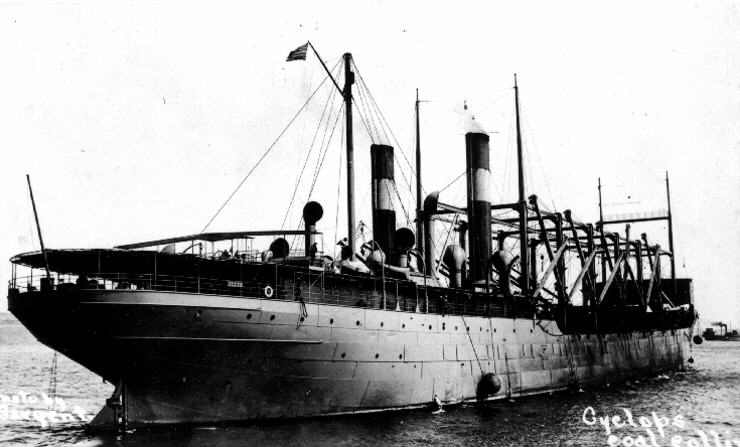
Dr. Boxall’s team didn’t just theorize about rogue waves – they put their hypothesis to the test using scientific methods. Engineers at the University of Southampton in England built some ship models, including one of the USS Cyclops, a vessel that vanished in the Bermuda Triangle in 1918 with over 300 people on board. They simulated rogue waves in a wave tank and found that, indeed, ships can sink quickly if hit by them. The bigger the ship, the bigger the difficulty staying afloat, they found.
The results were particularly revealing about why larger vessels might be more vulnerable. Small ships can get swamped by them, but sometimes they can ride the wave if they hit it bow-on, Boxall said. But big ships – designed to be supported in the front by the top of one wave and in the back by the top of another – snap in two. This explains the complete disappearance of vessels without any debris or distress calls.
“[The waves] are steep, they are high – we’ve measured waves in excess of 30 met[ers],” Boxall said in the documentary. “If that happens, it can sink in a matter of two or three minutes.” The speed of such disasters would leave no time for emergency communications, explaining the sudden nature of many disappearances.
Human Error: The Most Common Culprit
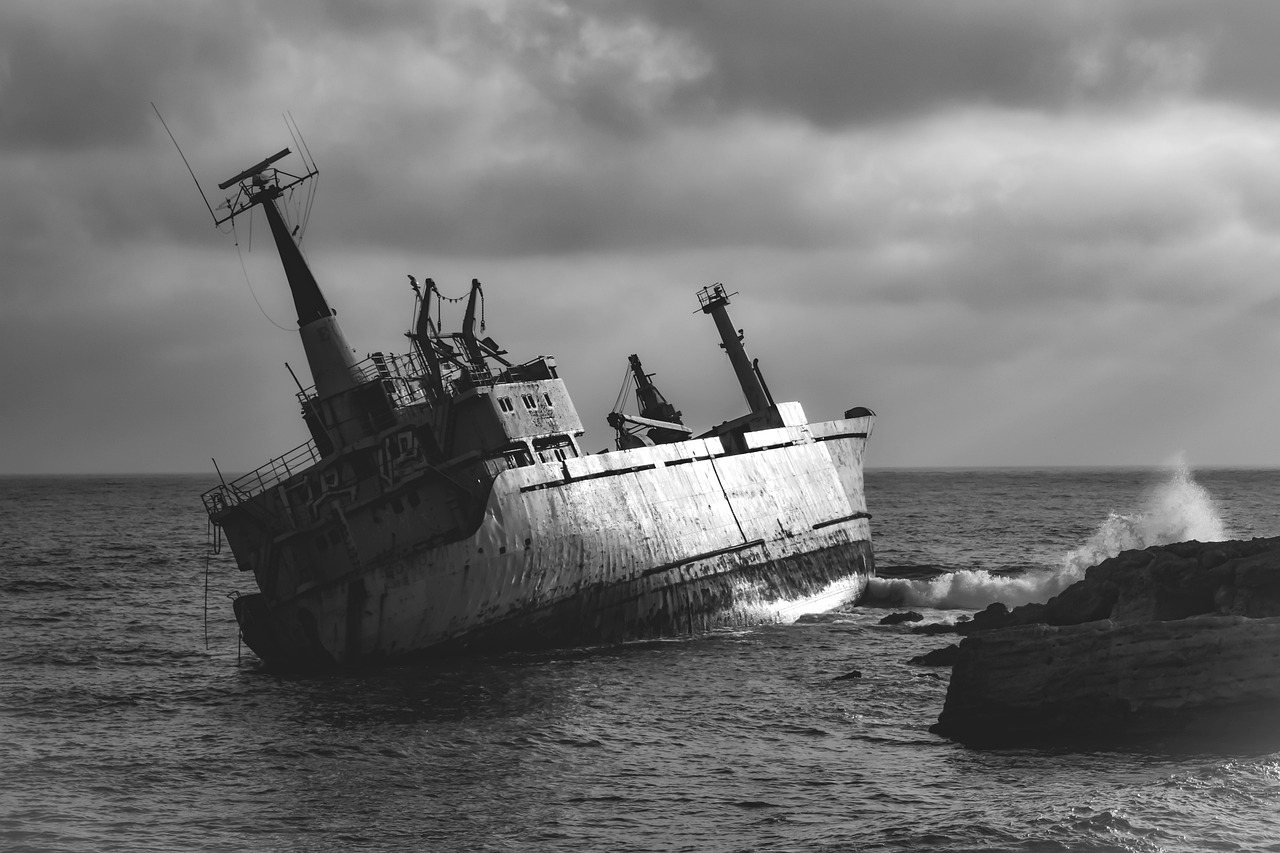
While rogue waves provide a dramatic explanation, researchers emphasize that human error accounts for the vast majority of incidents in the region. University of Southampton professor Simon Boxall has attributed about 2 per cent of Bermuda Triangle occurrences to large or rogue waves. “However, the majority happened through poor preparation and inexperience, aka stupidity,” said Dr Boxall, who lives in England.
The statistics paint a clear picture of the real problem. Dr Boxall said the US Coast Guard’s 2019 annual report reveals that 82 per cent of all maritime recoveries, disasters and incidents were attributed to people going to sea with no experience or training. “You need a licence to drive a vehicle on land, but anyone can buy a yacht, get in it and attempt to sail,” Dr Boxall said. “Some people can afford a $500,000 boat, but then do not bother with life rafts, flares, life jackets or radios.”
The combination of inexperienced boaters and challenging conditions creates a dangerous situation. You don’t need any licensing or specific equipment like radios or navigation maps to take a boat to sea, he added. This regulatory gap, combined with the region’s status as a popular boating destination, inevitably leads to preventable tragedies that get attributed to mysterious forces.
Why the Mystery Persists Despite Scientific Evidence
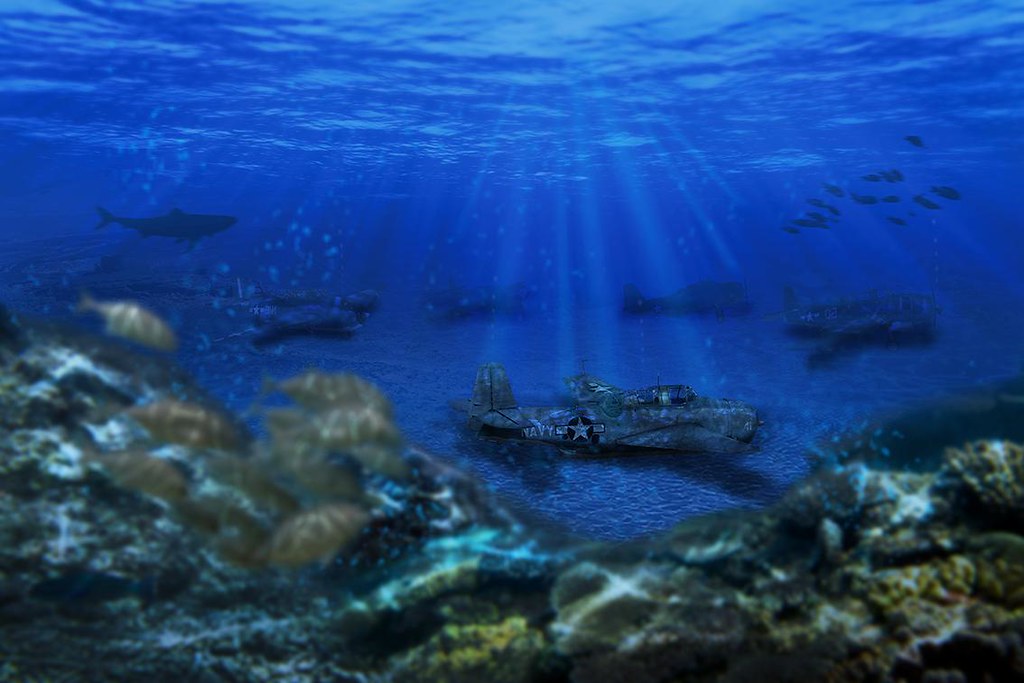
Even with compelling scientific explanations, the Bermuda Triangle continues to capture public imagination and generate sensational headlines. But culture clings to Bermuda Triangle conspiracy theories. The concepts of sea monsters, aliens, and even the entirety of Atlantis dropping to the ocean floor – those are fodder for books, television, and movies. It sure does sound more exciting than poor weather and mathematical probabilities, anyway, even if the “boring” story holds more water.
The legend has become so embedded in popular culture that new incidents continue to be attributed to the Triangle’s supposed supernatural powers. Once the myth was established, reporters were quick to attribute more wrecks to the Bermuda Triangle’s mysterious forces. The frenzy has subsided in recent years, perhaps because modern technology allows us to track ocean and air traffic with greater precision.
Interestingly, modern analysis shows that the mystery was largely manufactured through selective reporting and exaggeration. However, the mystery was solved some 30 years later in 1975 when librarian and historian Larry Kusche published his investigation about the phenomenon. After a comprehensive examination of the official reports on the ships, Kusche arrived at the conclusion that the reason for their disappearance was largely attributed to ‘adverse weather conditions’.
The scientific consensus is clear: there’s nothing supernatural happening in the Bermuda Triangle. The apparent mystery dissolves when you apply rigorous analysis to the data, revealing a combination of natural phenomena, human error, and statistical probability rather than otherworldly forces at work.
What do you think about these scientific explanations for the Bermuda Triangle’s mysteries? Has the legendary reputation of this oceanic region been permanently debunked, or will people continue to search for more exotic explanations?



